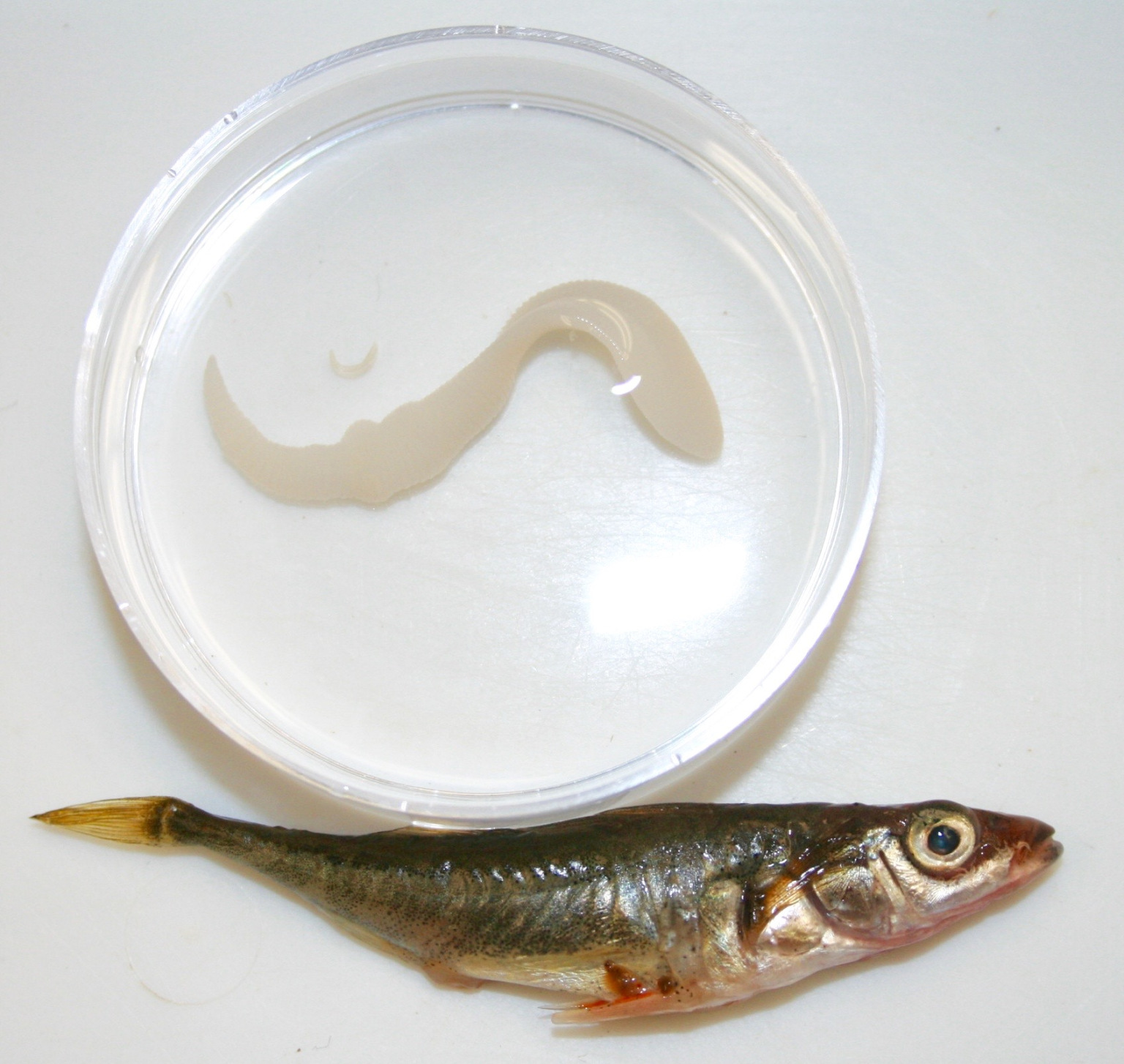I am interested in species interactions and how these interactions can have large and unexpected effects on communities and ecosystems. My study organisms are primarily microorganisms, such as algae, protists and parasites, and invertebrates, such as daphnia and snails.
Investigating the role of parasites in ecosystems
Digenetic trematodes are a group of parasitic flatworms that have complex life cycles consisting of at least two different hosts, the 1st intermediate host usually being a snail, and the definitive host (where sexual reproduction occurs) generally being a vertebrate. These parasites are a good candidate for investigating the role of parasites on ecosystem processes and nutrient cycling and likely have strong effects on ecosystems. these organisms are extremely common in terrestrial-aquatic ecotones such as salt marshes and ponds, where their cumulative biomass is fivefold larger than other parasite groups and is comparable with that of insects. This means that even small nutrient-changes in hosts could have large scale effects on the ecosystem. Additionally, trematodes invade and castrate their snail host, thereby altering both the mortality rate and fecundity of the host species. I use trematode parasites in ramshorn snails to quantify how parasites influence pond ecosystems using natural surveys, lab experiments, and field manipulations.

Huie Wetlands 
Snails from the field 
Egg masses
Effects of competition of caste allocation across a parasitic trematode guild
I am currently working on a project with Dr. Mark Torchin from the Smithsonian Tropical Research Institute and Dr. Ryan Hechinger from Scripps Institute of Oceanography investigating how competitive intensity for snail hosts alters the caste allocation of trematode parasites. These parasitic trematodes are diverse and specialized on the California Horn Snail as a secondary host, have high intraguild predation to defend individual snail hosts that follows a strict competitive hierarchy, and form soldier and reproductives castes of rediae. This study focuses on how trematode colony caste ratios vary based on competitive intensity.

California Horn Snails 
Trematode Colony 
Trematode cercariae
Keystone Community Concept
Currently, I am working on a large-scale microcosm experiment testing the keystone community concept (Mouquet 2013). Do some communities had a disproportionately large effect on the metacommunity compared to other communities? How can we measure this effect? Can we use this information to better plan reserves?
Resetarits, EJ, Cathey, S and Leibold, MA. (in press), Testing the keystone community concept: effects of landscape, patch removal, and environment on metacommunity structure. Ecology. Accepted Author Manuscript. doi:10.1002/ecy.2041

Protist colonies 
Metacommunities 
Two habitat types
Community patterns of stickleback parasites
I am working with Dr. Daniel Bolnick on understanding what factors (spatial connectivity, morphology, genetic distance, and ecology) contribute to parasite richness and composition in Canadian threespine stickleback using a metacommunity approach.

Lake site 
Stickleback with tapeworm 
Stream site